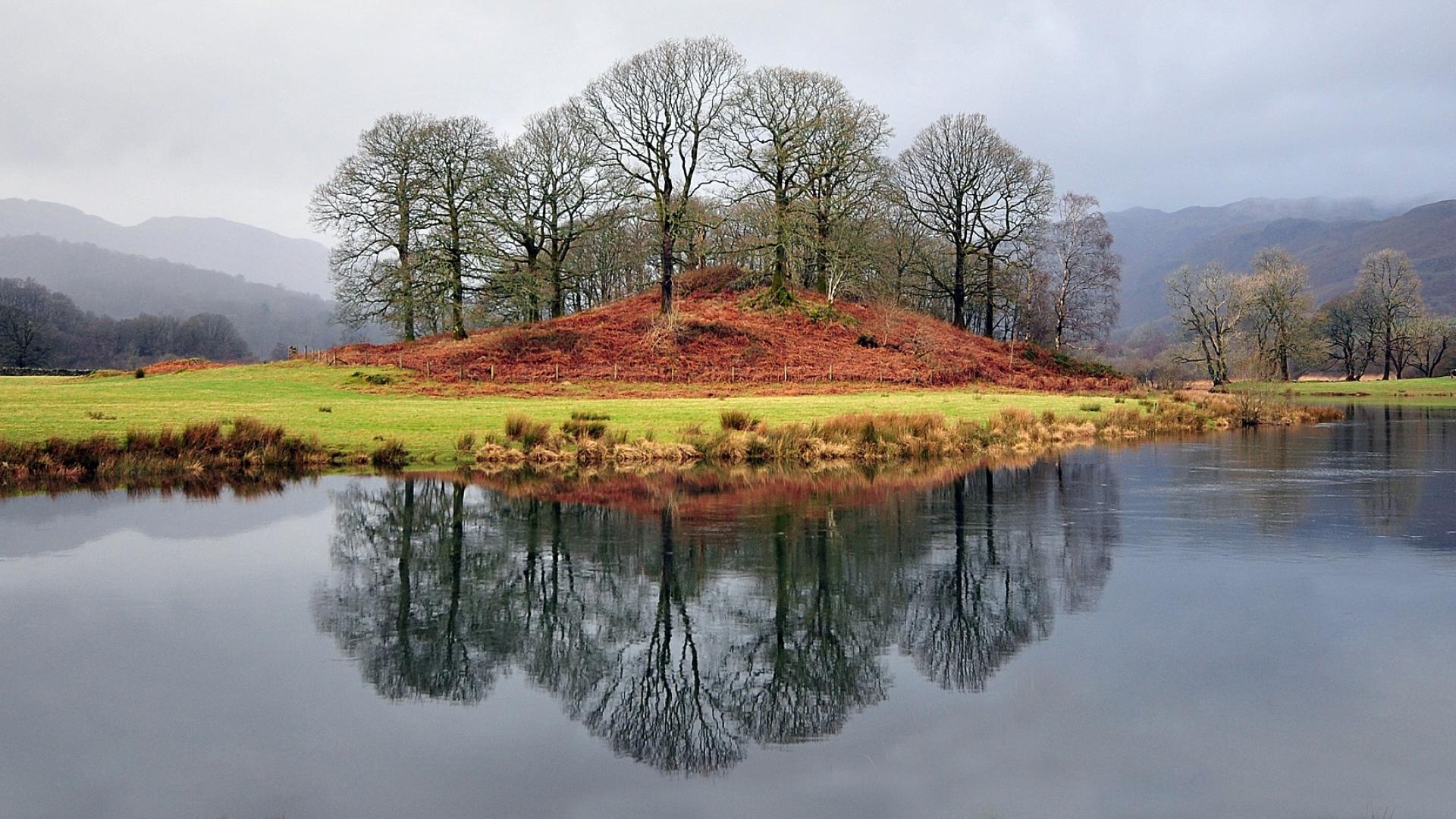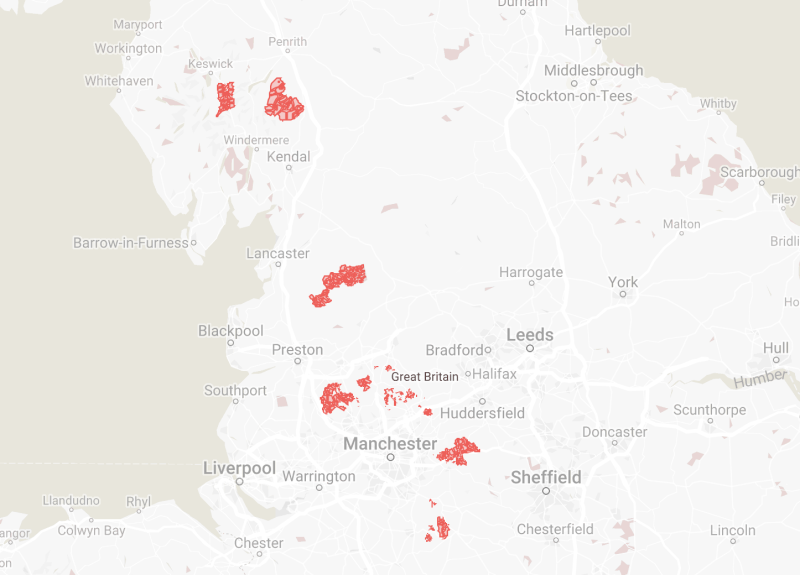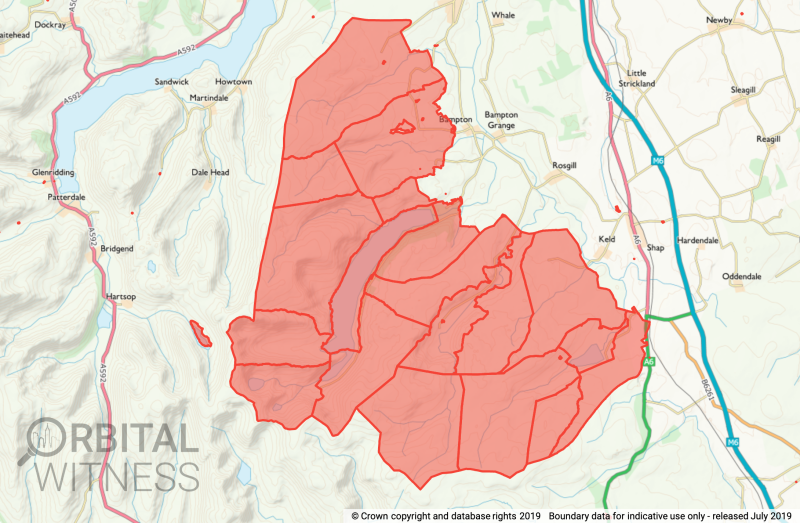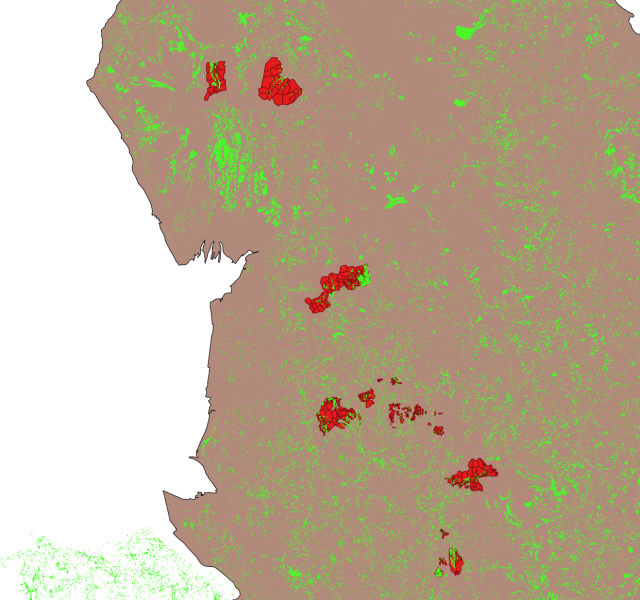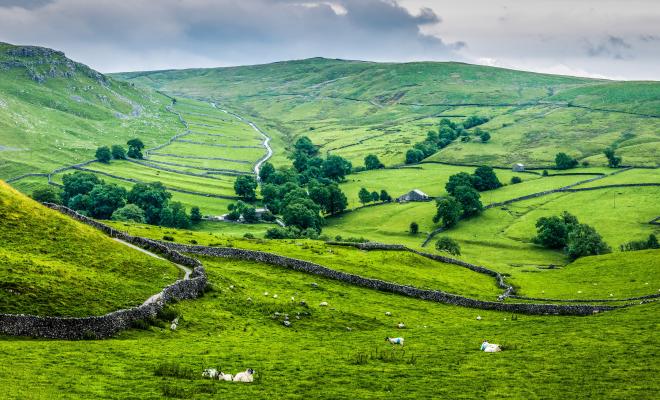Guy Shrubsole08 Aug 2019
Water companies are some of the biggest corporate landowners in England and Wales. Overall the 9 major water firms serving England and Wales collectively own 423,952 acres – over 1% of the land surface of the two nations.
But are they using their land in ways that best serve people and planet? Could they use such land to fight climate breakdown by locking up carbon and doubling our tree cover? After all, with the climate emergency posing big challenges for the water industry – from heatwave-induced droughts to torrential flooding (and resulting dam failure at reservoirs) – it would make sense for them to do all they can to stop the problem getting worse.
Huge potential to double tree cover
Friends of the Earth is calling for a doubling of UK tree cover and we’ve previously investigated what sorts of land might best be used for growing more trees. We concluded that one good option is to free up poor-quality pasture by eating less and better meat and dairy (which the Intergovernmental Panel on Climate Change has also recently recommended). Such land is particularly prevalent in the uplands – which is also where water companies tend to own a lot of land, as catchments for reservoirs.
To test the potential for water companies to plant trees, we decided to take a look at the land owned by United Utilities, the single largest landowning company in the country – which owns a huge 141,000 acres of land.
Mapping land owned by United Utilities
We teamed up with digital mapping firm Orbital Witness, which runs a service displaying Land Registry information on land owned by companies and corporate bodies. It kindly gave Friends of the Earth free access to its web tool to piece together a map of land owned by United Utilities. You can see the results below.
The image below shows in red the land owned by United Utilities that we’ve been able to map (about 115,000 acres out of 141,000 acres total):
United Utilities’ main landholdings are in the Lake District, the Forest of Bowland, north of Manchester, and the Peak District. Here’s a more detailed map, showing United Utilities’ land at Haweswater in the Lakes:
Image courtesy of Orbital Witness, www.orbitalwitness.com. Image contains INSPIRE Index Polygons. This information is subject to Crown copyright and is reproduced with the permission of HM Land Registry. © Crown copyright and database rights 2019 Ordnance Survey 100026316.
Armed with this information, we used GIS mapping software to compare what United Utilities owns with data on how the land is currently used.
We first overlaid it with the National Forest Inventory, to see how much is currently wooded. Not much it turns out – as the map below shows (United Utilities' land is shown in red, woodlands shown in green). So there’s room for improvement.
Protecting peat bogs
But it’s also the case that it wouldn’t make ecological sense to plant trees on a lot of the land United Utilities owns. That’s because much of its upland holdings comprises deep peat – a huge carbon store in its own right, even bigger than forests. Scientific studies have shown that planting conifers on deep peat is a disaster both for the peat bog ecosystem and because it worsens climate change by drying out the peat and releasing carbon into the air. That’s what happened in Scotland’s Flow Country in the 1980s. We can’t let that happen again.
Natural regeneration often better than artificial planting
There is, however, a better way. United Utilities also owns plenty of rough grazing land that’s neither peat bog nor wooded, which in previous eras, under less intensive sheep-grazing regimes, would have been a richer mosaic of habitats. Allowing the natural regeneration of trees and scrub is invariably much better for producing natural woodland than artificial planting. And to its great credit, this is something that United Utilities is already doing at some of its sites – notably Haweswater in the Lake District, which is on a long lease to the RSPB. You can see some of the natural regeneration that’s taking place at Haweswater in this management plan for the site.
But is this enlightened approach the norm for all United Utilities sites? In the Forest of Bowland, for instance, it still leases out land for grouse shooting – so the moorland is intensively managed and burned, releasing carbon and preventing vegetation growth. And our examination of its land holdings suggests there are plenty of other places where it could be doing more to encourage trees to re-seed or restore peat bogs to full health.
A chance to lead the way on trees
It’s clear that the water companies, with their huge landholdings, have a great opportunity to use their land for environmental benefit. As custodians of many of our carbon-rich peat bogs, they have an obligation to nurse them back to ecological health. And as the owners of tens of thousands of acres of low-productivity, often overgrazed pastures, they have a chance to introduce more trees back into these landscapes, through a mixture of planting, rewilding and silvopasture.
If all the water companies embraced the need for more trees, they could lead the way in helping the UK double its tree cover.


